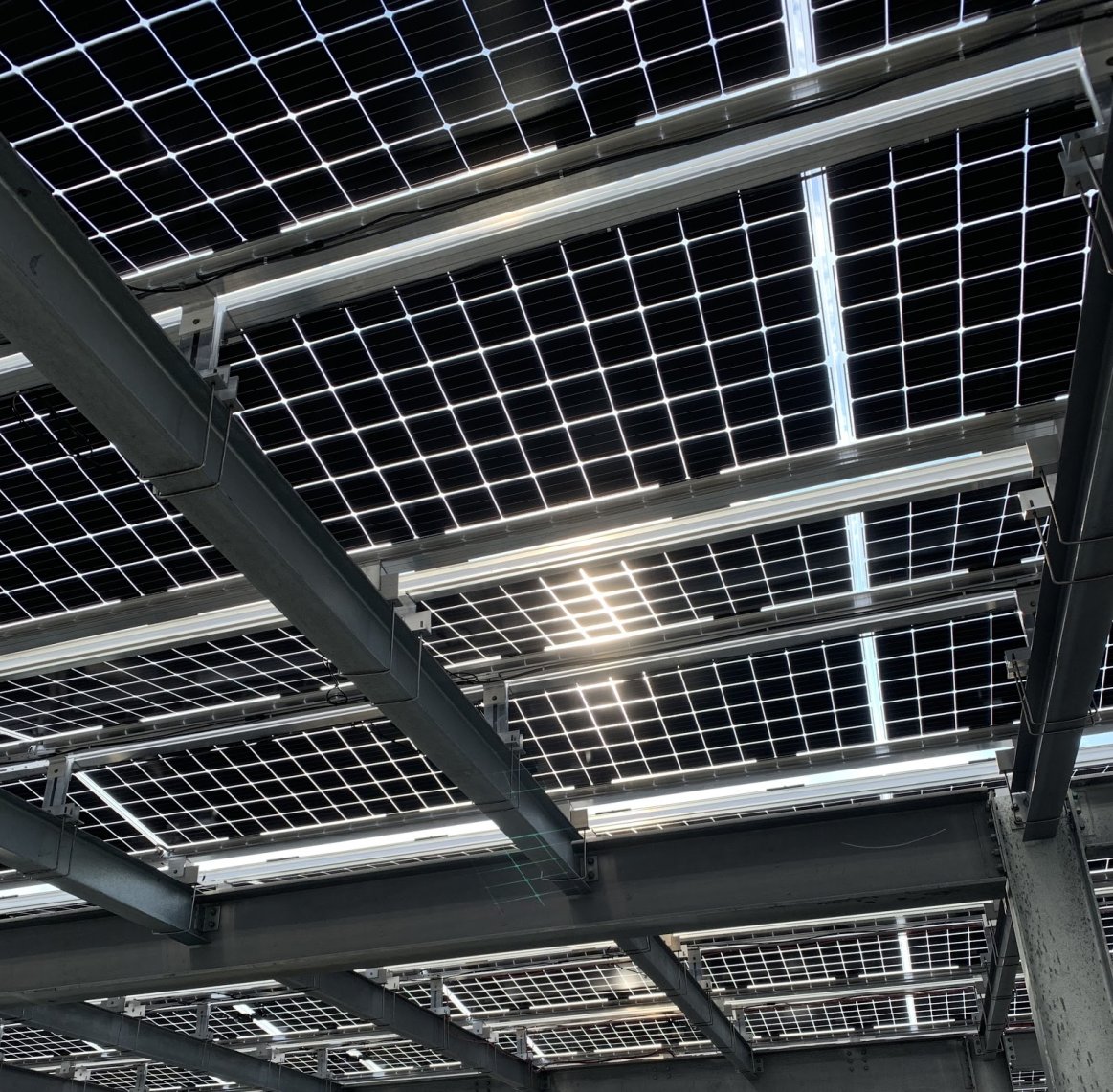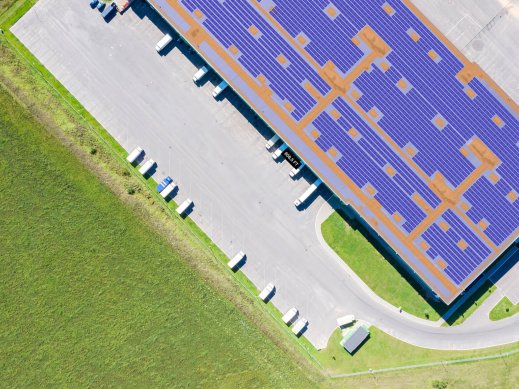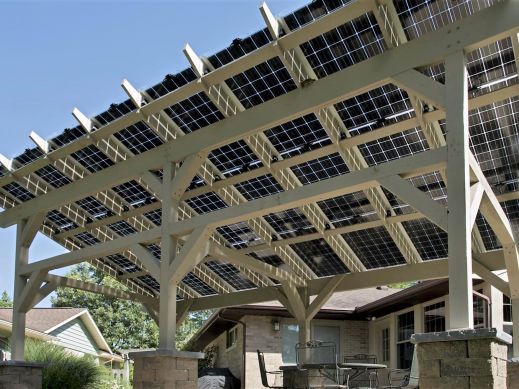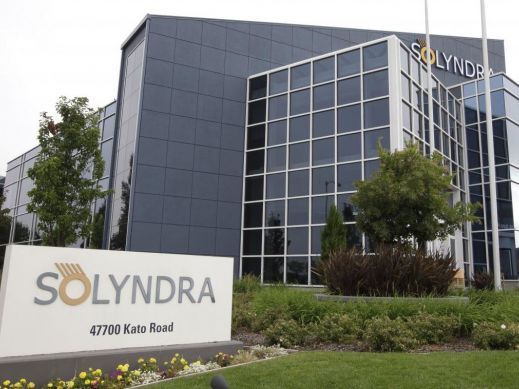
Welcome to the Future! 2020 is fast approaching and as we enter the busy final weeks of the year, keeping on top of trends can be challenging. That’s why we created this high-level guide summarizing the top industry trends that installers need to know.
The solar industry is over 240,000 solar professionals strong (National Solar Jobs Census) and the U.S. solar market as a whole is projected to grow by 17% in 2020 (Wood Mackenzie, November 2019). This rapid growth and technological advancement is imperative to the continued accessibility and efficiency of solar, but it also creates a constant flow of “this just in” news that can include a lot of fluff.
This article intends to strip down the fluff and provide you with the most important trends that are impacting installers nationwide:
-
The rise of the BiFacial module
Walking into SPI Salt Lake City this year, it was hard not to be blinded by the bifacial and split-cells. It is clear that, from a commercial perspective, the BiFacial and half-cell modules will be the technology of choice. Manufacturers are dedicated to this innovation and it will allow for improved efficiencies and production capabilities.
-
Railless racking rollouts
For residential racking options, there are a number of highly competitive options that allow installers and array owners alike to conveniently mount modules and enhance the aesthetic integrity of the new system. Manufacturers, such as Unirac, have taken the engineering steps necessary to build a practical railless racking system. Their SFM Infinity series allows for easy solar module installation, practical wire management, and serves as a discrete addition to a residential roof.
-
Storage capable inverters
The newly named North American Smart Energy Week included EV’s, wind, smart energy (microgrids), software, and hydrogen. While each of these played a different role at the conference, the most prominent addition was the storage integration. Notably, SolarEdge announced in Q3 2019, with great anticipation, their three phase storage capable inverters. As demand management and peak shaving become a more feasible option for installer and commercial property owners, we expect to see continued innovation in storage integrated products.
-
Brace for the shortages
While many of the recently announced storage products across the industry won’t be available until 2020, some of the current products won’t be either. Specifically at SPI Salt Lake City in September, module and inverter companies warned about current manufacturing capabilities and the ongoing delays that they are facing.
-
The South East is primed for a solar rush
Not only home to the Sunshine State, the southeast United States is well positioned for a strong deployment in years to come. As the political tides turn, there have been some notable legislative developments that have created feasible opportunities for solar expansion.
-
Software
Many manufacturers are rolling out new design tools and new features to existing platforms through the end of the year. Obtaining more accurate job quotes and having a hand in the design of your systems will only get easier as companies strengthen this offering. Some of these include Opsun’s design tool launch at year-end 2019 and SolarEdge’s rollout of new features on its design tool last month. While it is only in its beta stage, the System Advisor Model (SAM) software by NREL is a free resource for modeling the performance and economics of renewable energy projects. This beta version can be used to model backside boost for bifacial arrays as well.
With the right resources, reliable partners, and a finger on the pulse of the industry you can kick-off 2020 on the path to success!
Sources:
Wood Mackenzie's How C&I Customers Are Shaping Utility and DG Solar Markets



